
Teenagers look to those around them to form their diet patterns, and for low-income African American teenagers in particular, parental involvement and monitoring is key to making good choices.

Teenagers look to those around them to form their diet patterns, and for low-income African American teenagers in particular, parental involvement and monitoring is key to making good choices.

A new study reveals that children are developing eating disorders at younger ages, and that there is little difference in gender distribution.
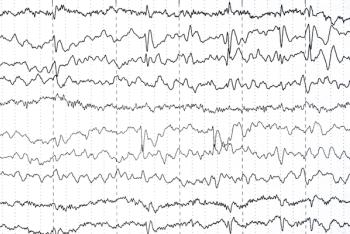
Not all children who have seizures are diagnosed with epilepsy, and a definitive diagnosis can be difficult to make. Now, researchers from the Netherlands have developed a Web-based tool to help clinicians predict the probability of future seizures based on early clinical data.

Baby-led introduction of complementary foods is a practice gaining in popularity among families with infants ready for the change from breast milk or formula to table foods, but it must be done in a developmentally appropriate way.
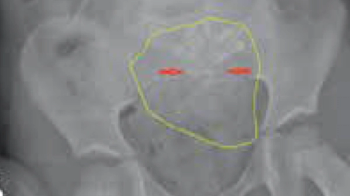
A 4-year-old girl presents to the emergency department (ED) with a 12-hour history of progressively worsening episodic left lower quadrant (LLQ) abdominal pain and nonbilious emesis. There was no history of fever, diarrhea, hematochezia, constipation, or dysuria. The child was previously healthy, did not take any medications, and had no history of prior surgery.

Here are some various observations that have guided my own pediatric practice over the years. Perhaps they will help you with yours.

Pediatric practices could make significant improvements to their developmental surveillance and screening processes in a short time. This project team’s initiative shows just how quickly your practice can, too.
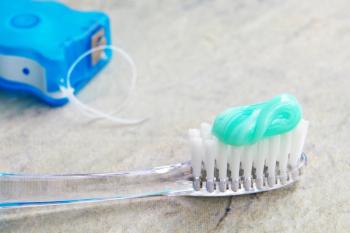
Oral health screening performed at each well-child visit helps to identify oral disease or injury and promotes anticipatory guidance that can minimize caries risk and improve oral health outcomes.

The parents of a 2-month-old boy return to the office for a well-child visit. The infant has a history of hypotonia and poor head control but is growing normally. His parents noted streaky patterns of hypopigmentation over his trunk and extremities shortly after birth and felt they were likely just “birthmarks.”
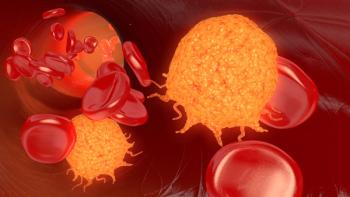
Recent developments in chimeric antigen receptor (CAR) T-cell therapy have shown promise in treating relapsed B-cell acute lymphoblastic leukemia in children.

A survey of more than 700 women who had given birth to at least 1 child found that about one-third of women who were aware that breastfeeding reduces the risk of breast cancer thought this knowledge had contributed to their decision to breastfeed.

Pediatricians who go above and beyond the expected in patient care can achieve the coveted status of “PGP”- pretty good pediatrician. Follow these 10 steps to achieve that special bond with your patients.

Australian researchers have developed a quick cancer test that can identify tumor markers in blood, but it may remain an adults-only test.

A longitudinal study begun when participants were aged 15 years showed that body mass index (BMI) tends to increase more rapidly over time in individuals who experience food insecurity in their early teenaged years than in those who don’t.

One physician’s personal agenda is to help parents understand how their own history of dealing with stress affects how they bond with their child.
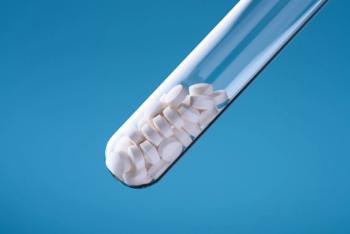
New research is changing views about the treatment of pediatric cancer and bolsters the rationale for sequencing tumors in children.

Acetaminophen is a safe antipyretic against febrile seizures (FSs) and has the potential to prevent FS recurrence during the same fever episode, a study in Japan found.

A new report dissected safety reports spanning 5 years across 3 hospital systems and found that most errors were related to EHR usability and medications-with more than 100 of these events causing patient harm.

Cutting back on sugar is a good first step to preventing childhood obesity, but a new study cautions parents and providers to think twice about sugar substitutes.

A new study reveals that whereas physical activity can help prevent and combat childhood obesity, eating breakfast every day may have a more significant impact.

A study conducted in Australia found that that the answer to this question is a resounding “no.” A comparison of behavioral outcomes in 124 children who had colic that had resolved by age 6 months (colic group) and 503 infants without problem crying at 1, 4, and 6 months (no colic group) found that the colic group did not manifest any adverse effects related to behavior, regulatory abilities, temperament, or family functioning when they were aged 2 to 3 years.


Pediatricians should intensify screening for sexually transmitted infections (STIs) among all adolescent patients, whether or not they self-report being sexually active.

A child’s fear-and the anxiety it creates in parents-isn’t benign. It can keep patients from getting the care they need. Learn how you can help.

A generation of inactive children is headed toward a lifetime of preventable pathologies unless clinicians enact a fundamental shift in attitudes toward exercise and physical activity.

Catch up with the latest innovative technology products from this past year for your pediatric practice.

Infants who are exposed to tobacco smoke during their mothers’ pregnancy or after birth are at increased risk of gastroesophageal reflux (GER), especially of events with bolus movement detected by impedance (GER-imp), according to a French study in 31 neonates referred to a medical center for investigation of suspected GER.

An 11-day-old, full-term male presents to the emergency department (ED) with a 2-day history of decreased range of motion of his right upper extremity.

Pediatricians can uncover important health problems by asking parents a few simple questions about their child’s sleep habits and behaviors.

To help student athletes perform at their best, emphasize balanced nutrition and conditioning, discourage supplements and stimulants.